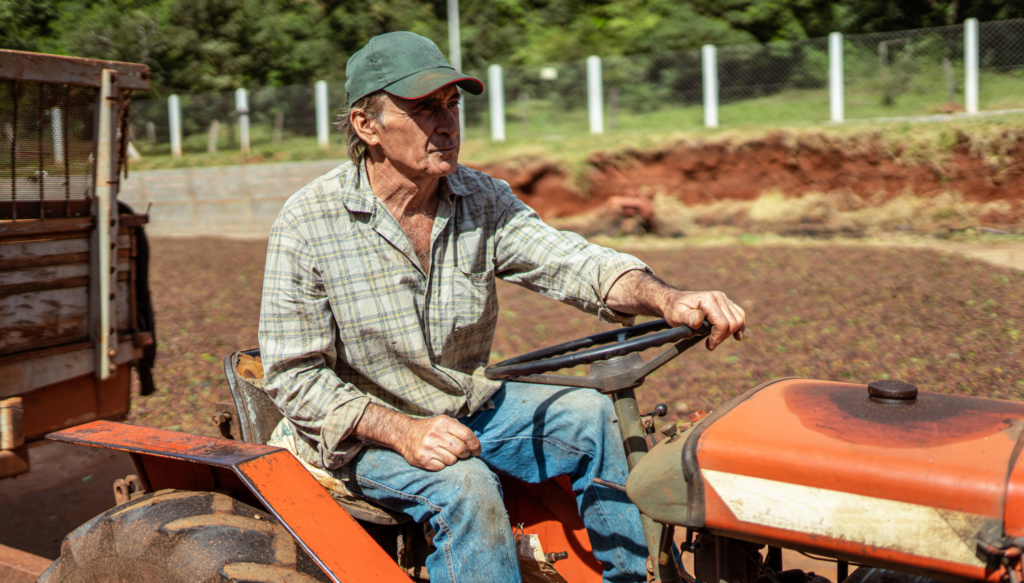15 percent of the U.S. population lives in rural areas. From a broad perspective, rural America is home to diverse pockets of agriculture, vast areas of protected land and simpler, more rustic lifestyles.1 Unfortunately, with more remote locations comes less accessible resources, contributing to the highly reported rural healthcare gap. In comparison to suburban and urban residents, rural U.S. populations experience higher rates of chronic illness and early mortality caused by heart disease, cancer, respiratory disease and stroke.1 To compound these troubling statistics, rural residents tend to be more healthcare-avoidant and have far fewer health service options to begin with.2
Addressing Concerns in Rural Communities
When examining the many obstacles in rural communities that lead to negative health outcomes, lack of awareness is a recurring theme. In an independent survey on rural community members’ top concerns, only two percent of residents identified the limited availability of healthcare services as one of the most pressing.3 Despite a high percentage of rural Americans responding that their community does not have enough doctors or hospitals to fulfill their high self-identified rates of “poor” health, the top three responses in the survey were a lack of jobs, high rates of drug abuse and other economic concerns.3

These reported concerns are both intrinsically valid and statistically supported, identifying significant gaps in rural community frameworks. Yet without good health – the most basic physical need – all people and sectors of society will experience negative first- or second-hand effects. How, then, can the overall quality of living be improved in remote areas, especially those without the means to fund adequate healthcare infrastructure? Mobile services offer an accessible, affordable pathway.
Creating Mobile Healthcare Zones
With mobile healthcare businesses like Haled Care, rural populations gain access to on-demand, in-home healthcare professionals while creating new contract jobs for certified nurses, phlebotomists and medical assistants in those same communities. And with over one in five U.S. adults over age 65 unable to drive,4 bringing the doctor’s office to older, rural populations is a critical first step in diagnosing and treating chronic disease and maintaining overall wellbeing.
By creating zones of digitally available health services, rural communities can tackle their top concerns – reducing unemployment rates and treating drug abuse – while bringing healthcare awareness to those who may be uninformed or avoidant. With access comes initiative, opening the door for a progressive healthcare future in which the power to improve one’s health begins in the comfort of their home.
Sources:
- https://www.cdc.gov/ruralhealth/about.html
- https://www.ncbi.nlm.nih.gov/pmc/articles/PMC3882339/
- https://www.kff.org/report-section/the-health-care-views-and-experiences-of-rural-americans-findings/
- https://www.prnewswire.com/news-releases/new-national-poll-inability-to-drive-lack-of-transportation-options-are-major-concerns-for-older-adults-people-with-disabilities-and-caregivers-300761774.html
